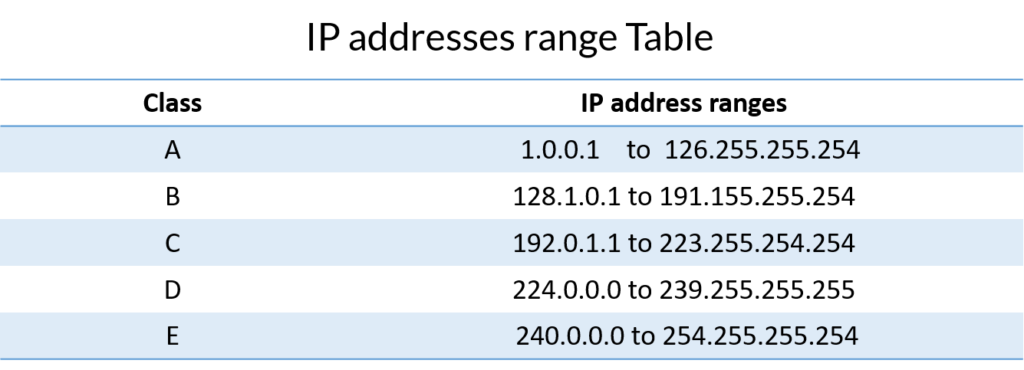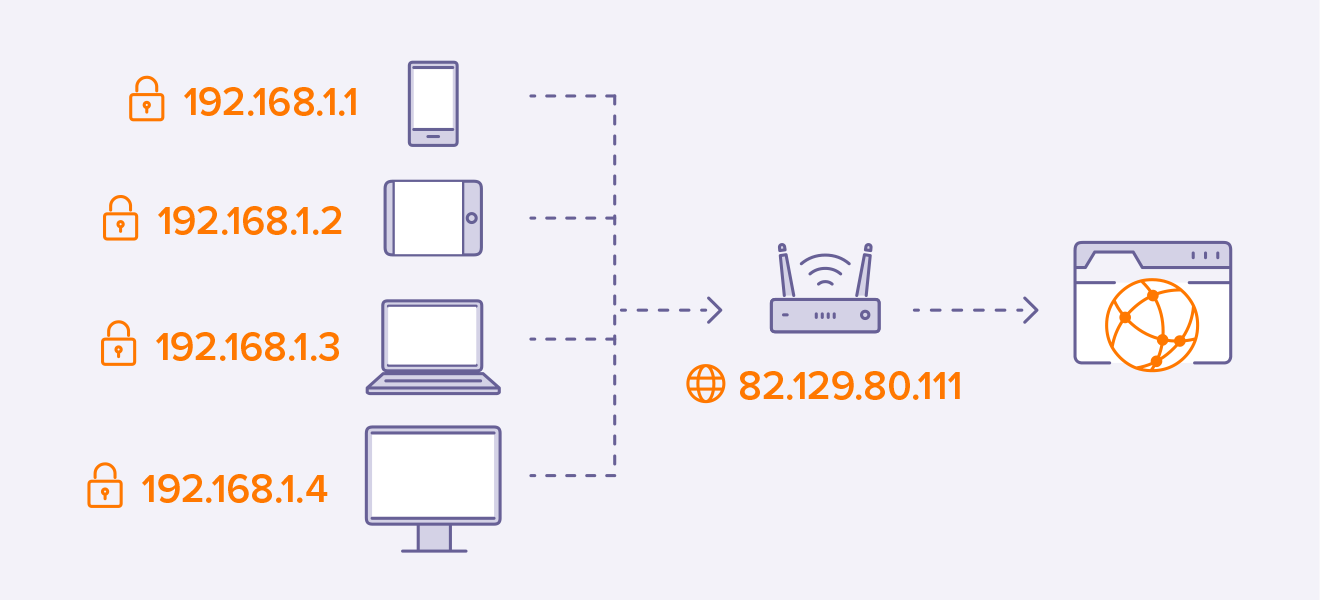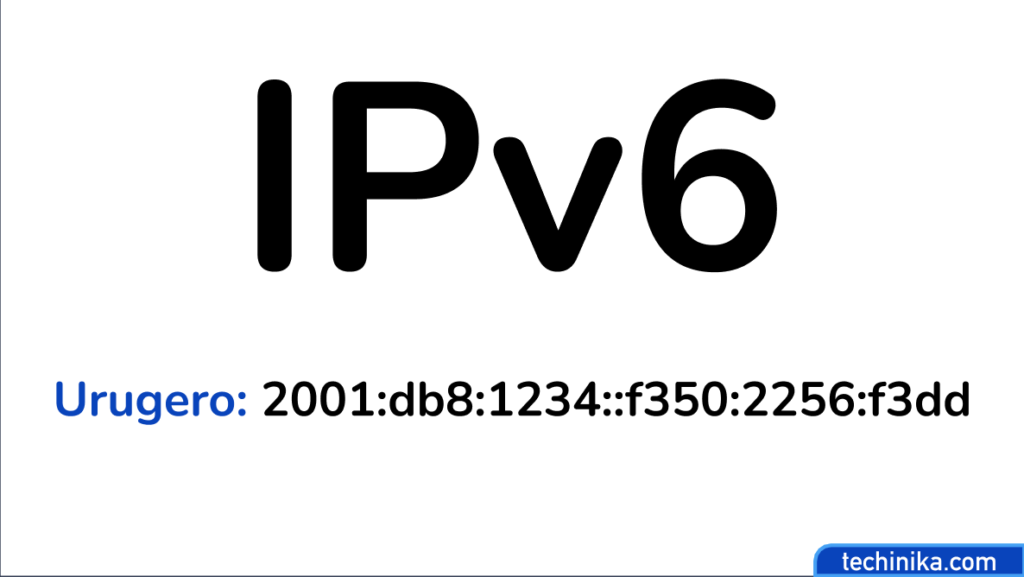When a newborn arrives, parents perform a significant task of naming them, bestowing names that set them apart not only from their siblings but also from all the individuals they’ll encounter throughout their life. This act holds immense importance, as even in the absence of parental naming, a nickname is identified through which the individual is identified. Similarly, for a computer entering the realm of the Internet, carving its distinct identity is vital. This is achieved through the allocation of an IP ADDRESS, a unique designation that sets it apart from other entities online.
An IP Address, short for Internet Protocol Address, is a fundamental component of computer networking and the Internet. It is used to uniquely identify devices connected to a network, allowing them to send and receive data. This is achieved by including the sender’s and recipient’s IP addresses within the message data. The inception of IP dates back to 1974 when it emerged under the label TCP/IP during the initial stages of the Internet’s establishment.
IP has two classes, namely IPv4, and IPv6.
IPv4
IPv4, standing for Internet Protocol version 4, is the prevalent IP Address type today, succeeding the research-based IPv1, IPv2, and IPv3 versions developed between 1973 and 1978. IPv4 is a numerical label comprised of four sets of decimal numbers, each set being separated by periods. For instance, 192.168.100.1 serves as an illustrative example.
Every device connected to the internet is assigned a unique IPv4 address, and these addresses can have different classifications based on the initial segment of the number. The specific ranges and classifications of IPv4 addresses vary depending on factors like their use in public or private networks, geographic regions, and more.
Classification based on First Segment of Numbers

CLASS A: These IP addresses range from 1.0.0.0 to 127.0.0.0, permitting the assignment of IP addresses to approximately 16,777,214 devices.
CLASS B: The range starting from 128.0.0.0 to 191.0.0.0 falls under this class, facilitating IP address allocation for about 65,534 devices.
CLASS C: This class encompasses the interval between 192.0.0.0 and 223.0.0.0, providing room for IP addresses to be assigned to around 254 devices.
CLASS D: From 224.0.0.0 to 239.0.0.0 is designated as this class.
CLASS E: The range spanning from 240.0.0.0 to 254.0.0.0 falls under this class.
A, B, and C are the main used categories, with A for large networks, B for medium ones, and C for smaller setups. D and E are mostly used for research and experiments.
Classification based on Where it is used (Public & Private)
IP addresses are categorized as either PRIVATE IP ADDRESSES or PUBLIC IP ADDRESSES.

A private IP address is like an address within your town that helps devices in your home talk to each other. It’s not directly accessible from the broader internet; it’s meant for devices inside your own “home network.” This way, your devices can share information, like sending pictures from your phone to your laptop, without needing to involve the larger internet.
However, when you want to communicate with someone outside your town (on the internet), you need a public IP address. This is like the main address of your town that’s used to communicate with other towns. When you browse a website or send an email, your device uses its private address to communicate with your home’s router, and then the router uses its public address to communicate with the outside world.
Class A, B, and C IP address ranges can be used for both public and private networks. However, there are specific address ranges within each class that are reserved for either private or public networks.
For instance, the ranges 10.0.0.0 to 10.255.255.255, 172.16.0.0 to 172.31.255.255, and 192.168.0.0 to 192.168.255.255 are designated as private IP address ranges. These addresses are meant for use within private networks like your home or office. Devices with private IP addresses can communicate with each other within the same network but usually cannot be directly accessed from the broader internet.
On the other hand, IP addresses outside these reserved ranges are typically used for public networks, allowing devices to communicate over the internet.
IPv4 has been the cornerstone of internet addressing for many years, although its limitations in terms of available unique addresses led to the development and adoption of IPv6.
Read on the difference between Surface, Deep and dark internet.
IPv6
This is referred to as Internet Protocol Version 6 (IPv6), designed to eventually replace IPv4. While IPv6 is in use, it hasn’t gained the same widespread adoption as IPv4. The necessity for this transition arises from the ongoing use of IPv4; as its addresses continue to be consumed, a point will be reached when no more addresses are available to accommodate upcoming internet-connected devices. IPv6 aims to tackle this issue and ensure the internet’s continued growth by providing a much larger pool of unique addresses.

IPv6 addresses have an immense capacity due to their 128-bit format. The total number of unique addresses in IPv6 is indeed 2128, which equals a staggering 340,282,366,920,938,000,000,000,000,000,000,000,000 addresses. This vast address space is aimed at preventing the address exhaustion that IPv4 faced and can effectively accommodate the growing number of devices connecting to the internet.
The extensive number of addresses in IPv6 ensures that address depletion is unlikely to occur in the foreseeable future. Unlike IPv4, IPv6 is designed with an ample address space that combines both Private and Public IP addresses, eliminating the need for separate address ranges.
For instance, an IPv6 address like “2001:db8:1234::f350:2256:f3dd” includes both the network identifier and device identifier parts, making it capable of uniquely identifying devices across both private and public networks. This simplifies address management and allocation while accommodating the ongoing expansion of the internet.
IPv6 addresses consist of 8 segments, in contrast to the 4 segments found in IPv4 addresses. These segments are separated by colons (:), enabling a significantly larger address space. In your provided example “2001:db8:1234:0000:0000:f350:2256:f3dd”, each segment holds 4 characters, and segments with leading zeros can be abbreviated. For instance, the “0000” segments can be simplified to just “0”. This notation streamlines the address while retaining its uniqueness, making IPv6 addresses both comprehensive and efficient for representation and communication.
Read more on deepfakes and how they are transforming how we interact with information
IPv6 addresses are represented using hexadecimal (base 16) notation, while IPv4 addresses are usually expressed in decimal (base 10) notation. IPv4 addresses can also be represented in binary (base 2) due to their 32-bit structure. The use of hexadecimal in IPv6 simplifies the representation of the larger 128-bit address space, and it’s a familiar system for those who are comfortable with mathematics and computer programming.
Thank you for reading, if you liked this post, it is possible that you will love other posts from us, join our community on WhatsApp if you want to learn more about what we do, visit our corporate website or use our email [email protected] to reach out to us.
Cheers!



